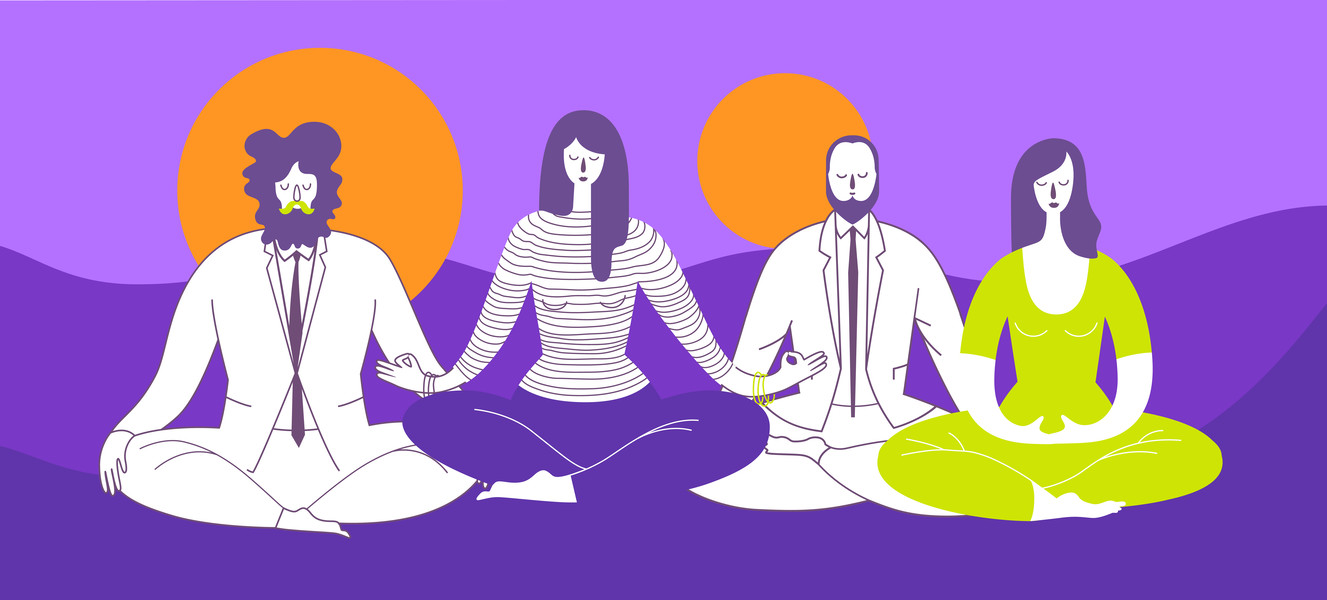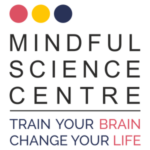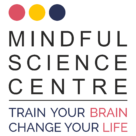
Mindfulness is key to creativity and innovation
Mindfulness is not a luxury, it’s now become a matter of necessity. Mindfulness is a technique, and a mental state that requires discipline, stillness, awareness and acceptance. Being mindful is being focused on what you’re doing, what you’re thinking, and what you’re feeling in each moment. Creativity can only flourish when you are able to tap into deeper intellect.
Microsoft CEO Satya Nadella, emphasises about Mindfulness as an important skill for a leader. A large team from Microsoft participated last year at Mindfulness India Summit under leadership of Reena Dayal Yadav: Director Microsoft Garage who was also a speaker at the summit. Nupur Aggarwal – Designer at Microsoft India, also attended Mindfulness India Summit held at Mumbai in November 2018.
Nupur has written an article sharing her insights, tools and matrixes she gained from Mindfulness practice and advantages of Emotional Intelligence during Mindfulness India Summit.
The article published on LinkedIn by her, is being reproduced for benefit of all readers.
What is Mindfulness?
It is paying attention to the here and now with kindness and curiosity.
Neurologically, there are two important parts of your brain involved here, the Prefrontal cortex and the Amygdala. The prefrontal cortex is the most evolved brain region and it serves our highest-order cognitive abilities. Even quite mild acute uncontrollable stress can cause a rapid and dramatic loss of prefrontal cognitive abilities. Whereas Amygdala, also lovingly called as the Cave dweller brain, can only process responses like Fight, Flight, Freeze or Forget in stressful situations.
When faced with a difficult situation at work or home, what we experience is essentially an Amygdala hijack, where all the cognitive abilities go for a toss and we end up reacting in an undesirable manner.
The way to a peaceful mind is to train your mind to rely on the Prefrontal cortex for making decisions in tough situations. Practicing mindfulness is a way to activate this area of your brain. Such contemplative practices purportedly lead to increased well-being and a lasting impact on the brain function.
Being aware
We have a tendency to go into an “Autopilot” mode with our mind. It means that our attention is always in the past or the future, and this distraction makes us reactive or judgemental. Soon enough this translates into a habit or a pattern of being distracted at all times. The need is to get off the autopilot and come to the present. That’s called being “aware”, which leads to mindfulness.
Ways to being mindful during the design process
When you start to feel overwhelmed by work and are bombarded with data and reports, there is a need to disconnect for a moment and recalibrate on what’s important. Beginning to observe our own thoughts can lead to greater clarity and more focus. Designers can benefit greatly from mindfulness. It is proven to inculcate creative problem solving, openness to criticism and well-being of individuals. And when individuals are able to realise their potential, it leads to happy and a vibrant design community. Design teams at companies like Facebook and Ideo are using mindfulness and meditation to make better products.
Here are a few of many ways you can inculcate mindfulness practices in daily life at work.
Judgement-free listening
Too often we hear what people are saying but we aren’t fully present, often thinking of a response or distracted with other things, mentally or physically. Human-centred design calls for us to be empathetic to users, identify their pain points and include them in the design research processes. Listening without judgement is at the core of user design process and a practice of it can ensure that designers can observe, empathise and improve constantly.
Mindful meditation

Find a clean nook or a room where you can find some quiet, and a place that doesn’t have too many distractions. Take a comfortable seat and notice what you’re doing with your hands and feet. Ideally, they should be placed in a comfortable, still position. Bring your attention to your breath or the sensations in your body. You’ll notice that your mind starts to wander. There’s no need to block or eliminate thinking. When you get around to noticing your mind wandering—in a few seconds, a minute, five minutes—just gently return your attention to the breath.
Mindful walking

Giving your attention to the walking can be a fruitful way to practice mindfulness. Walking does not require cognition. We do it without thinking. So we don’t want to have to think deliberately about every step we take – but occasionally bringing awareness back into the automatic, everyday things we do is a way to experience our ‘everyday’ with a sense of newness and vibrancy. To walk mindfully, focus your attention on the actual experience of walking. Feel the ground beneath you as you walk. Listen and notice what this is like. Engage your senses as you do this. Notice the sights, the sounds, the smells, the feel of the place as you move through it.
Design your surroundings

Create a conducive environment for you to focus on the task that is ahead of you. Having a clean desk and a few plants around gives a sense of peace to your mind. Often take breaks from work to look around. A mindful gaze may reveal a new detail in the same office that you would’ve never noticed before. Somewhat of an “organised mess” is what works for some designers, when they find an inspiration to go after, and once that concludes, it is vital to clean up everything and start afresh.
Journaling what you’re grateful for
A study shows that when participants were asked to keep a journal diary of things they were grateful for, showed significant decrease in anxiety, stress and depression, and increased life satisfaction. Writing as little as 5 things one is grateful for in a journal can boost satisfaction and keeping a record of the same can help with improving attitude and reactions to personal and work situations. Had a great design review? Write that down!
These are some takeaways when she attended the two-day conference in Mumbai, one of it’s kind and first edition of Mindfulness India Summit. Attended by 200+ folks including industry leaders, doctors, psychologists, HR managers, leadership coaches, mindfulness practitioners and enthusiasts, it was a unique experience as one got a chance to deep dive into the world of mindfulness and experience it through workshops and talks.
This year Mindfulness India Summit 2019 will be held on 30th – 31st October at The Westin, Mumbai,
Asia’s largest conference on Neuroscience , Mindfulness, Emotional Intelligence, Happiness, well-being and Positive Psychology. Aim of the summit is to showcase Latest Research, science based cutting edge Tools, Practices & Benefits that can be used in the workplace and in day to day life.
300+ Top Mindful leaders from leading organizations will join as participants from Middle East, Singapore, Malaysia, Nepal, South Africa, Iran, Turkey, Russia, USA, Australia, China and many more countries.
Summit will be attended by Educators, Schools, Professionals, Organizations, Leaders, Coaches, Medical practitioners, Psychologists, Trainers and Executives from top Indian and multinational organizations to learn powerful tools in Mindfulness and Emotional Intelligence.
I am thankful to the Microsoft, Design team and their leaders for being part of Mindfulness India Summit
Warmly
Manish Behl – Founder


